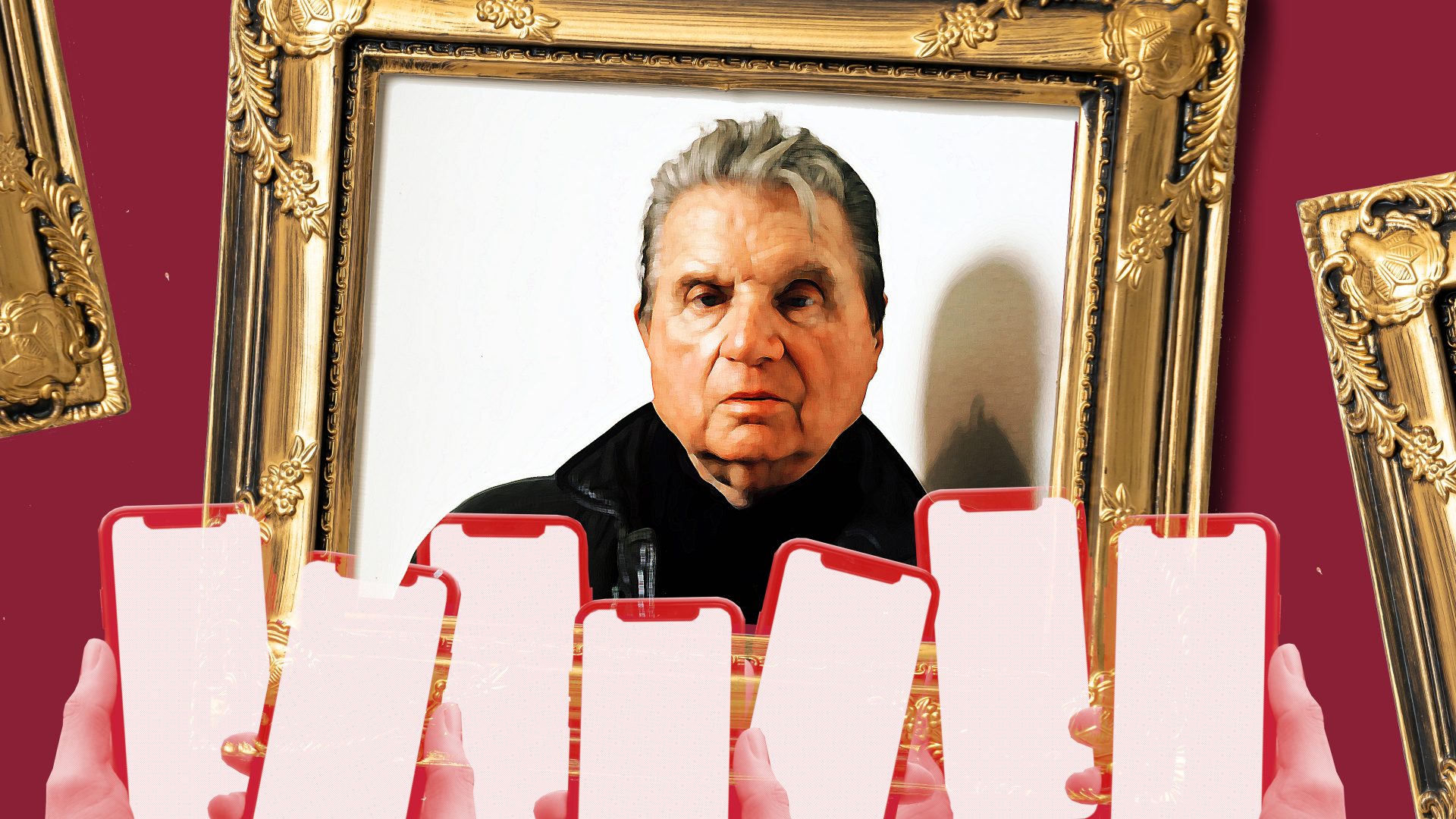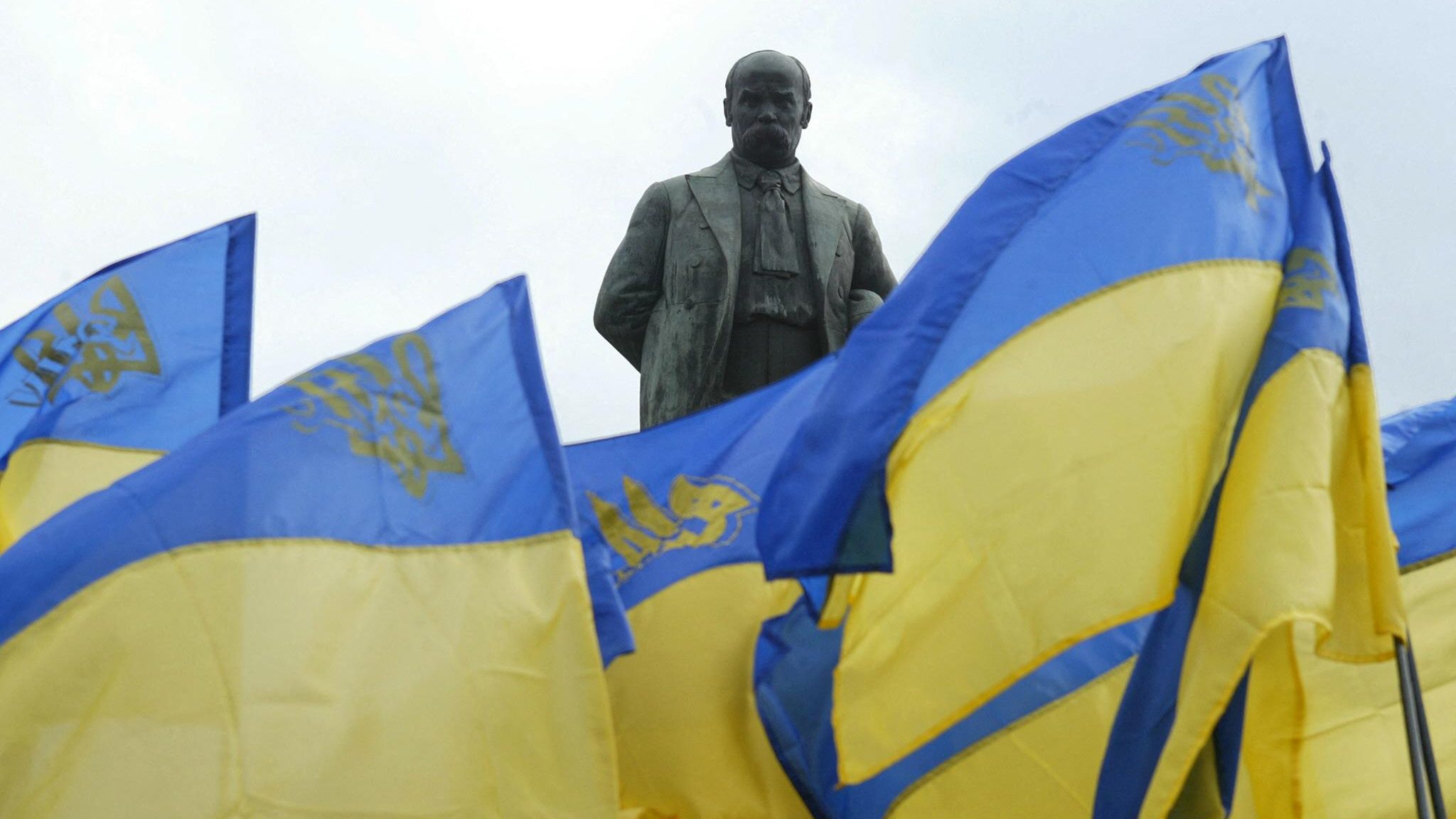To the Royal Academy for Francis Bacon: Man and Beast. Galleries are not my favourite venues, ranking only a little higher than theatres in my estimation – both being largely places middle-class people go in order to manifest
themselves as “cultured”, rather than any true repositories of culture. But Bacon and I go back, while the show has received rave – or possibly, given its subject matter, raving – reviews, so I thought: maybe this time it will be different.
But it wasn’t. Just weaving along Piccadilly made me feel nauseous – and then there was the Academy itself: all porphyry pomp and marmoreal circumstance. Burlington House was originally an exclusive 17th-century private dwelling, but over the centuries it has been remodelled,
extended, adapted and remodelled again so many times and by so many famous architects (Gibbs, Kent, Barry, Smirke, Shaw and Foster to name but six), that it now appears as a strange sort of chimera. Mind you, Bacon’s paintings are also often of strange chimeras – so perhaps there was an affinity between them and their setting in this respect at least.
If no other. Don’t get me wrong – I didn’t know the painter, but for a while in the late 1970s and early ’80s I frequented the Colony Room Club in Soho where he was a regular fixture: propped up by the ornately engraved Edwardian till, wearing his trademark Belstaff jacket, or a tightly belted leather overcoat, and with his dyed-brown hair scraped back over his pale forehead. It was already widely understood that Bacon was the preeminent
figurative painter of the second half of the 20th century, so to find him there, in this dingy afternoon drinking club, swapping Polari quips with the Colony’s potty-mouthed proprietor, Ian Board, and knocking back glass after glass of champagne (his exclusive tipple), already felt magical.
While to find his paintings, 40 years later, hung in such opulent rooms and fawned over by such conventional art-lovers was always going to seem a bit bizarre. Yes, yes – we all know the painter liked rough trade and liked being
roughed up by it, but the jump-cut between Janus (the sadomasochistic gay porn purveyor on Old Compton Street, where I last saw him), and the Royal Academy still seemed dizzying. Ian Board loathed mobile phones and would
never allow them in the Colony. I wonder what he would have made of these ageing culture-vultures, who revolved from one canvas to the next, stopping briefly to take a snap of it and its accompanying info-panel, presumably so they could refresh their failing memories once they got home.
Vultures seems especially appropriate in this context – because what Bacon painted, even if it started out as a lover or some other living model, often ended up looking like carrion. It was his greatest ability, I think, to be able to
mentally envision what almost any fleshly arrangement might look like: chimpanzees crossed with humans, humans with dogs, dogs with wholly invented biomorphs – Bacon did with paint what Dr Moreau did with a scalpel. And more: anticipating all the bio-horrors afforded by CGI, he painted the darkest portions of the collective unconscious, where genitals, limbs, internal organs – all are mushed together and teased apart in a stretchy webbing of bio-goo.
All of this he achieved with extraordinary lightness of touch – while the apprehension of the figure itself is always total: after looking at several Bacons in a row, you realise the painter could take the human figure and subject it to any possible dis- then reincorporation, while also rotating it in three dimensions, before he even got near a canvas. Such was the torturous nature of his imagining, Bacon was early on lauded as the artist who showed most vividly the impacts of the great traumatogenic events of the mid-20th
century – the Holocaust, the atomic bombing of Hiroshima and Nagasaki – on the human body.
With another war under way, as I strolled through the gallery it was impossible not to think about humans’ terrible vulnerability in the face of shot and shell. But more impossible still not to recall an anecdote told to me about Bacon by a notorious East End gangster who knew him in the 1960s and me 30 years later. One night he’d been bar-crawling in Soho with his crew when they ran across Bacon and John Deakin the photographer: “We took them back to this deserted house in Clapton where we used to go to do… stuff. We were sort of joking that we were going to hang the two of them – but somewhere along the way it got serious, and we really did try and string ’em up… I tell you one thing about Bacon, though, he may look like a
lightweight, but when the chips were down, he fought like a fucking tiger.”



